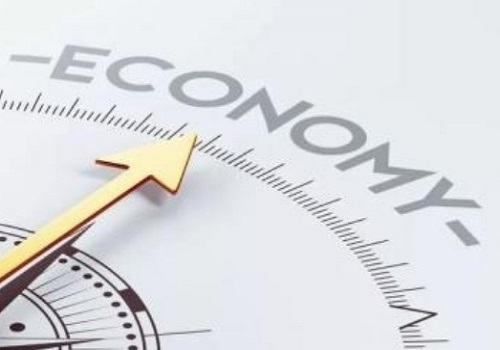Escalation of global debt post COVID a major concern, says report

Follow us Now on Telegram ! Get daily 10 - 12 important updates on Business, Finance and Investment. Join our Telegram Channel
Surge in global debt following COVID-19 is a major concern as it has reached USD 92 trillion, accounting for about 92 per cent of global GDP in 2022, according to a recent report by credit rating agency CareEdge Ratings.
Nearly USD 19 trillion, or about 20 per cent of this global public debt, has been accumulated since the onset of 2020.
According to data from the International Monetary Fund, this Global Public Debt is expected to surge to USD 132 trillion by the year 2028.
The escalation of global debt has emerged as a major concern in the aftermath of the COVID-19 pandemic, reveals a report by CareEdge Ratings.
Analysing various debt cycles post-2008 Global Financial Crisis, the report reveals that the rapid rise in debt levels post COVID has caused the quantum of debt distress to rise steadily, increasing default risk in low-income countries.
Mehul Pandya, Managing Director and CEO, CareEdge Group said, "There has been a sharp rise in debt levels across Advanced and EMDEs post the pandemic. Many of the advanced economies, even with high debt levels, enjoyed low debt servicing cost due to low interest rates in the past. But now, with interest rates expected to remain higher for a longer period, they will feel the pain of rising debt servicing cost."
Rajani Sinha, Chief Economist, CareEdge Ratings said, "The recent surge in global debt has been remarkable both in its rapid ascent and sheer volume. With the sharp rise in debt levels, the quantum of debt distress has also been rising steadily. Since 2020, about 19 economies have either defaulted on their debt obligations or restructured debt with 7 in 2022 alone. These numbers seem very high when compared to 11 sovereign defaults or debt restructuring events across countries between 2008-19. Increased Chinese loans have also heightened the debt vulnerabilities of the recipient countries as these loans come at relatively higher interest rates and there is lack of transparency in terms and conditions of these loans."












 320-x-100_uti_gold.jpg" alt="Advertisement">
320-x-100_uti_gold.jpg" alt="Advertisement">












